Self-Assessment Tax Accountant Services
Completing a Self-Assessment can be an overwhelming task – there are some complicated procedures involved, and it is hard to complete on your own. This has to be filled by anyone who is self-employed, including those who are contractors or owners of limited companies.
The system that is utilised by HM Revenue and Customs (HMRC) to collect Income Tax in the UK. While it may be typically deducted automatically from wages, savings and pensions, individuals and business with other income types are obligated to report it in an annual return.



